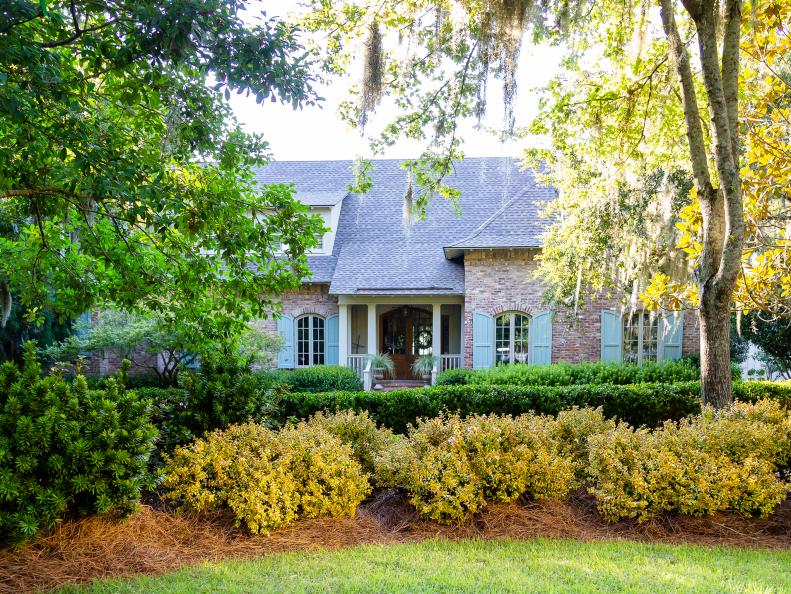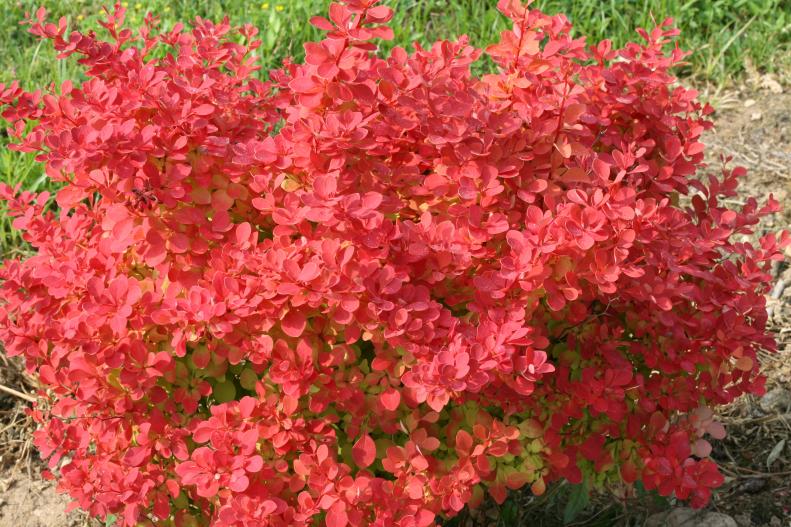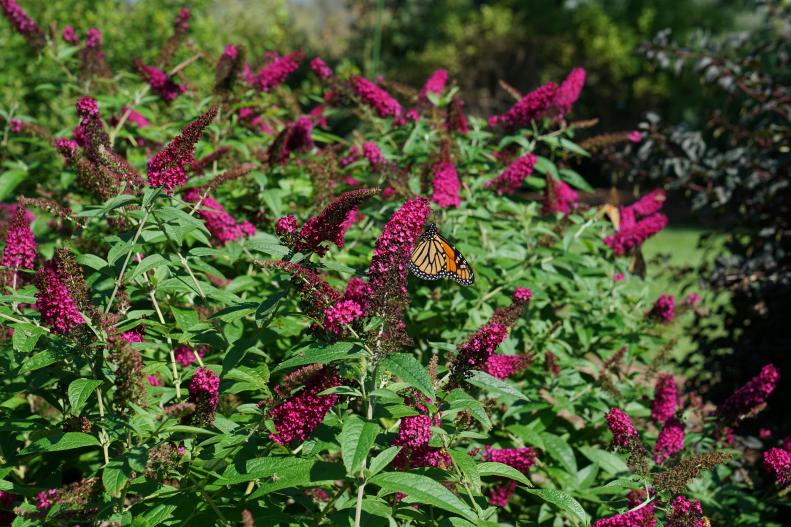Abelias and Other Easy-Care Landscaping Plants
When it comes to landscaping, you want plants that won't always keep you busy watering, fertilizing and pruning. Trees, shrubs and flowers grow and change, of course, but some take more work than others. The good news: Many low-maintenance plants will meet your needs, whether you're looking for shade, flowers for cutting, a wildlife-friendly garden, a hedge or a screen. Check out our list of our favorite, easy-care landscaping plants.
Abelia 'Kaleidoscope’ (Abelia x grandiflora 'Kaleidoscope') lives up to its name, with small white flowers and leaves that change colors with the season. The evergreen foliage emerges yellow-gold on red stems and becomes orange-red in fall. This compact shrub matures at 2 to 3 feet high and 3 to 4 feet wide, so it makes a great low hedge, border or accent plant. It even works as a groundcover and in containers. Hardy in Zones 6 to 10, ‘Kaleidoscope’ takes full sun to part shade, tolerates drought and resists deer.
Abelias like well-drained, slightly acidic soil and regular watering. Prune in late winter or early spring. Remove long, thin shoots from the roots or branches whenever they appear.









